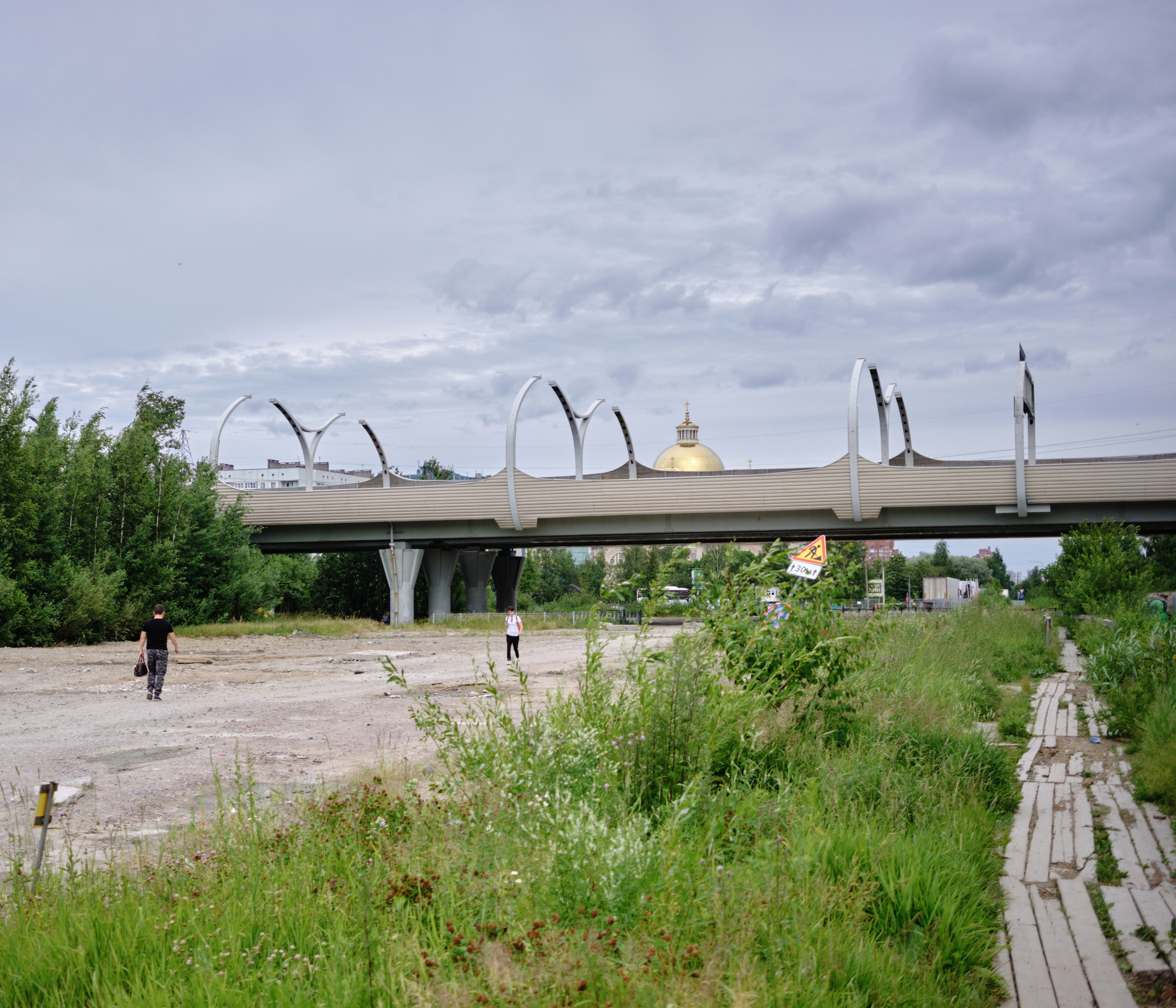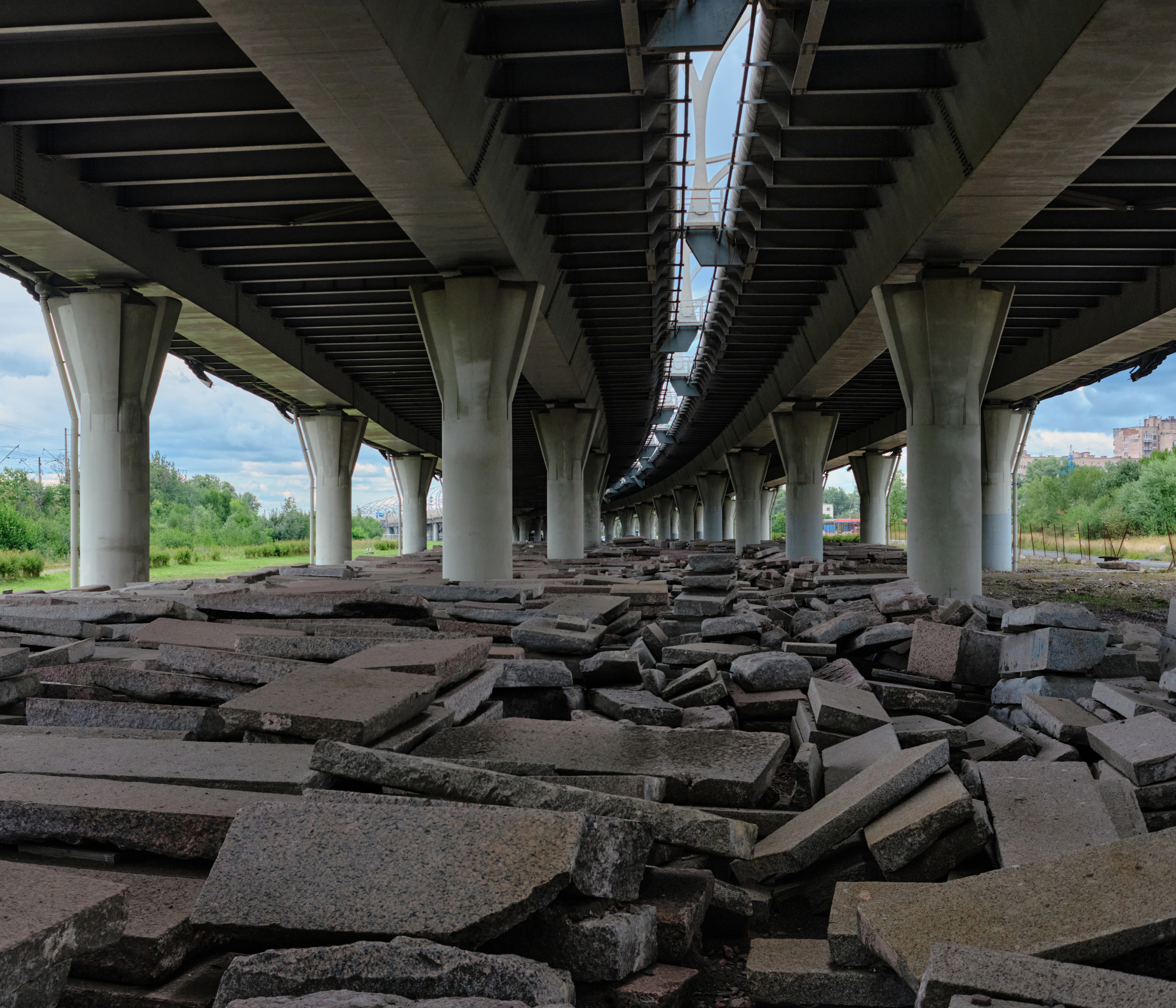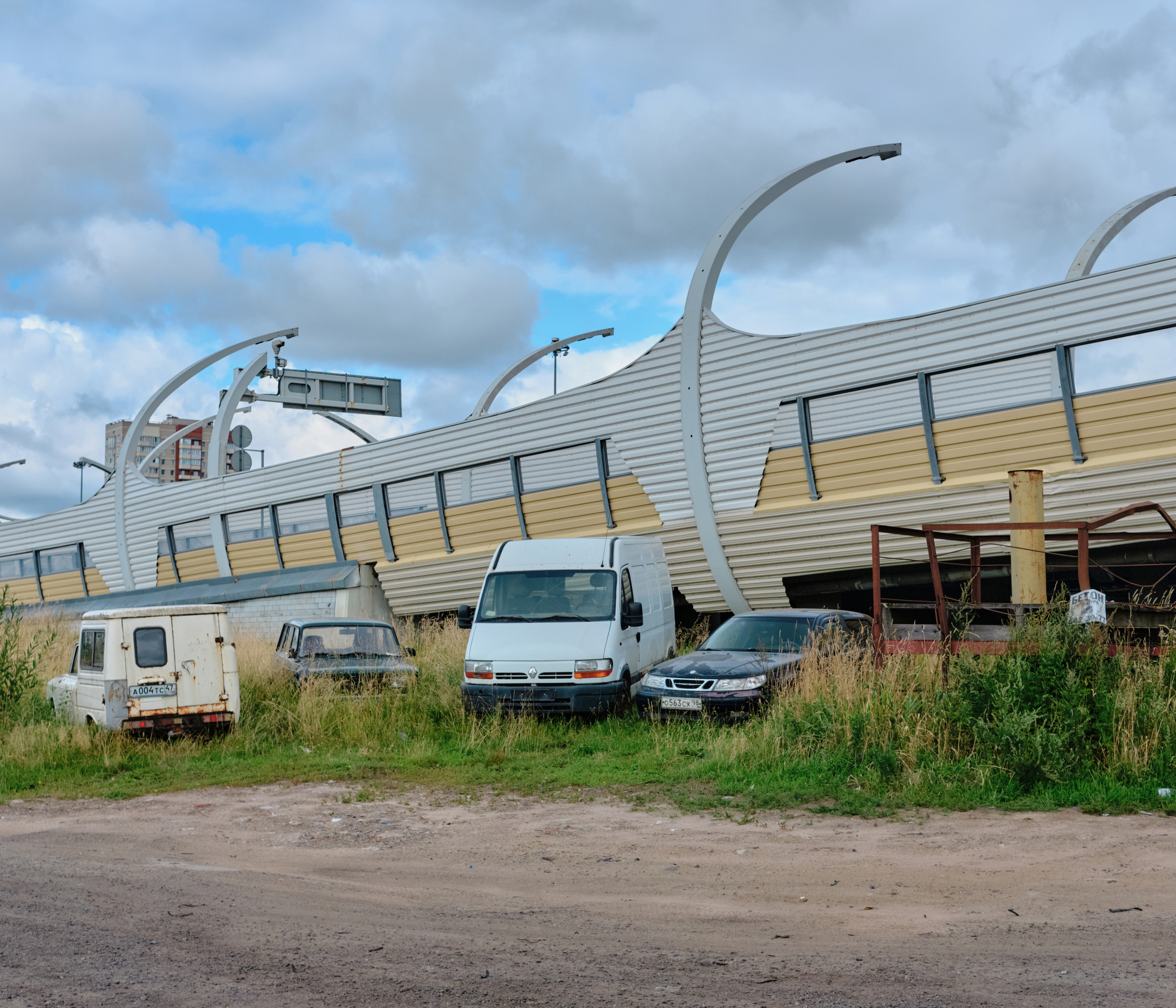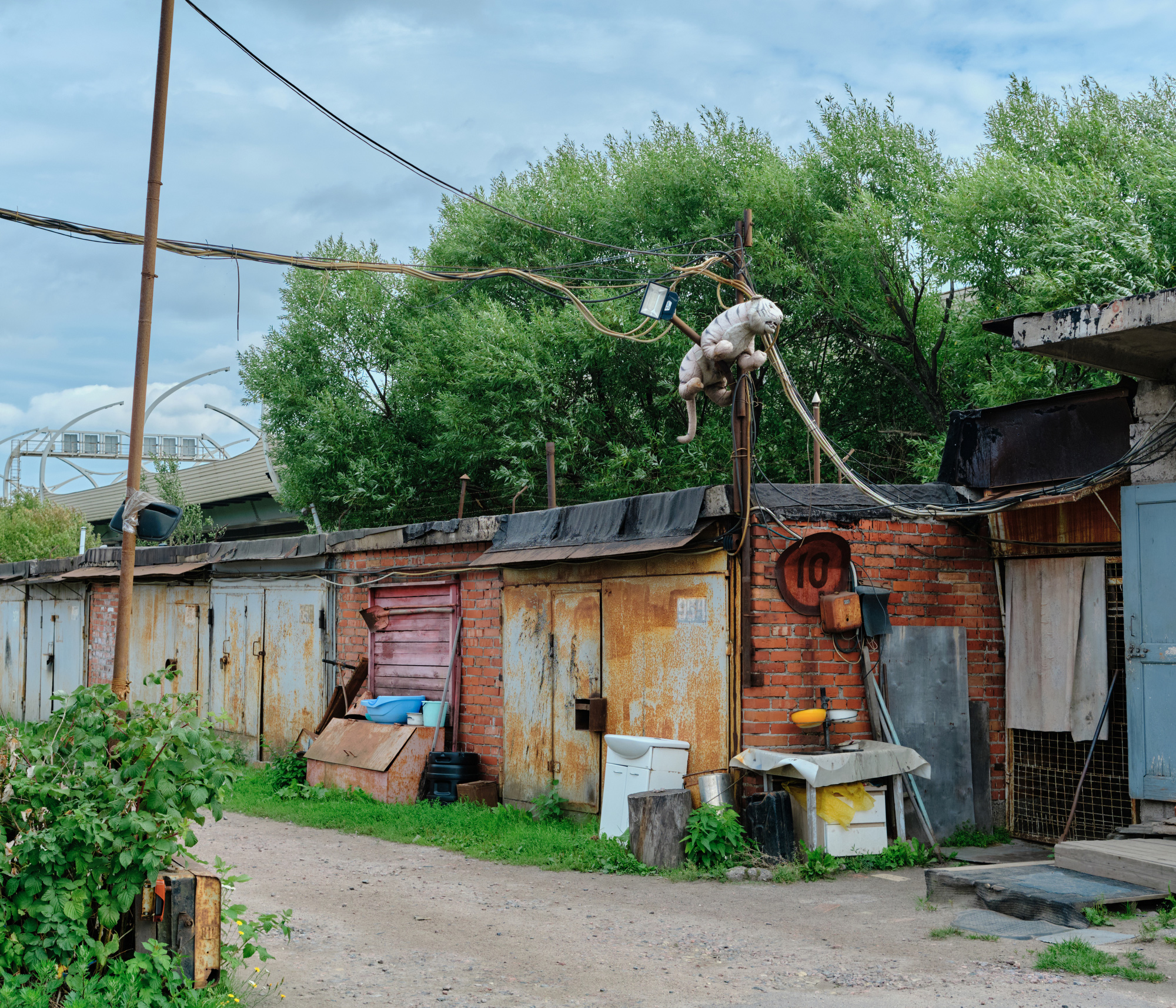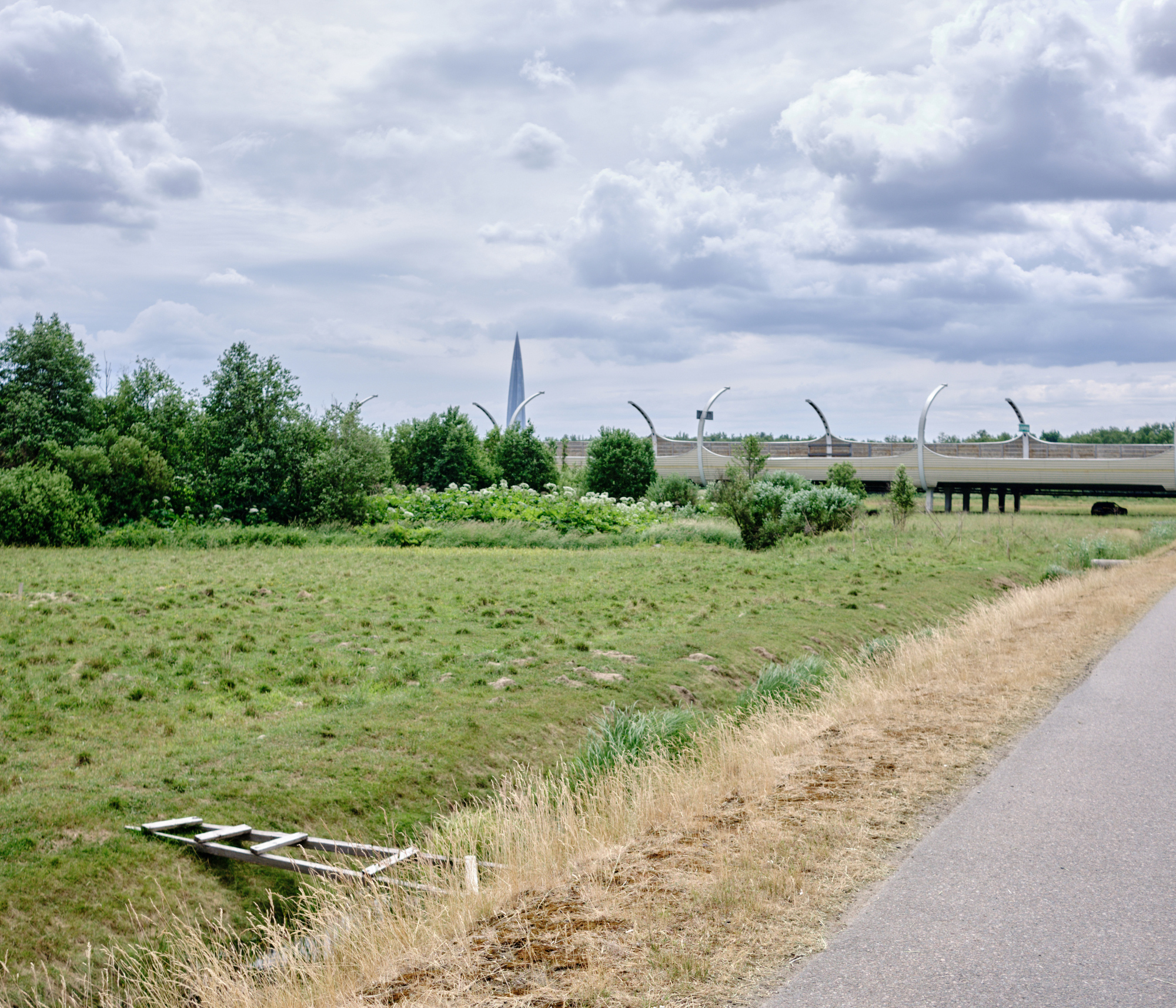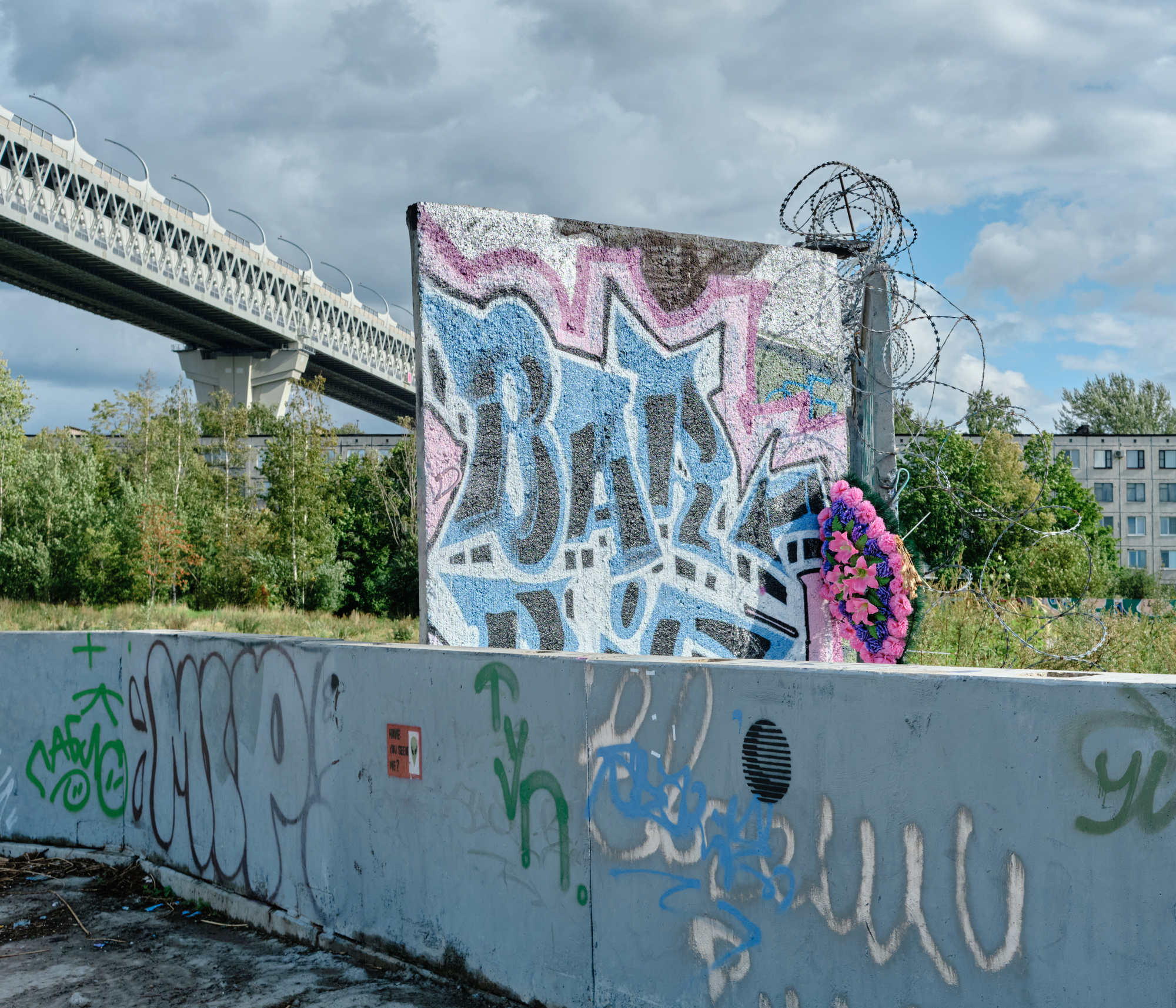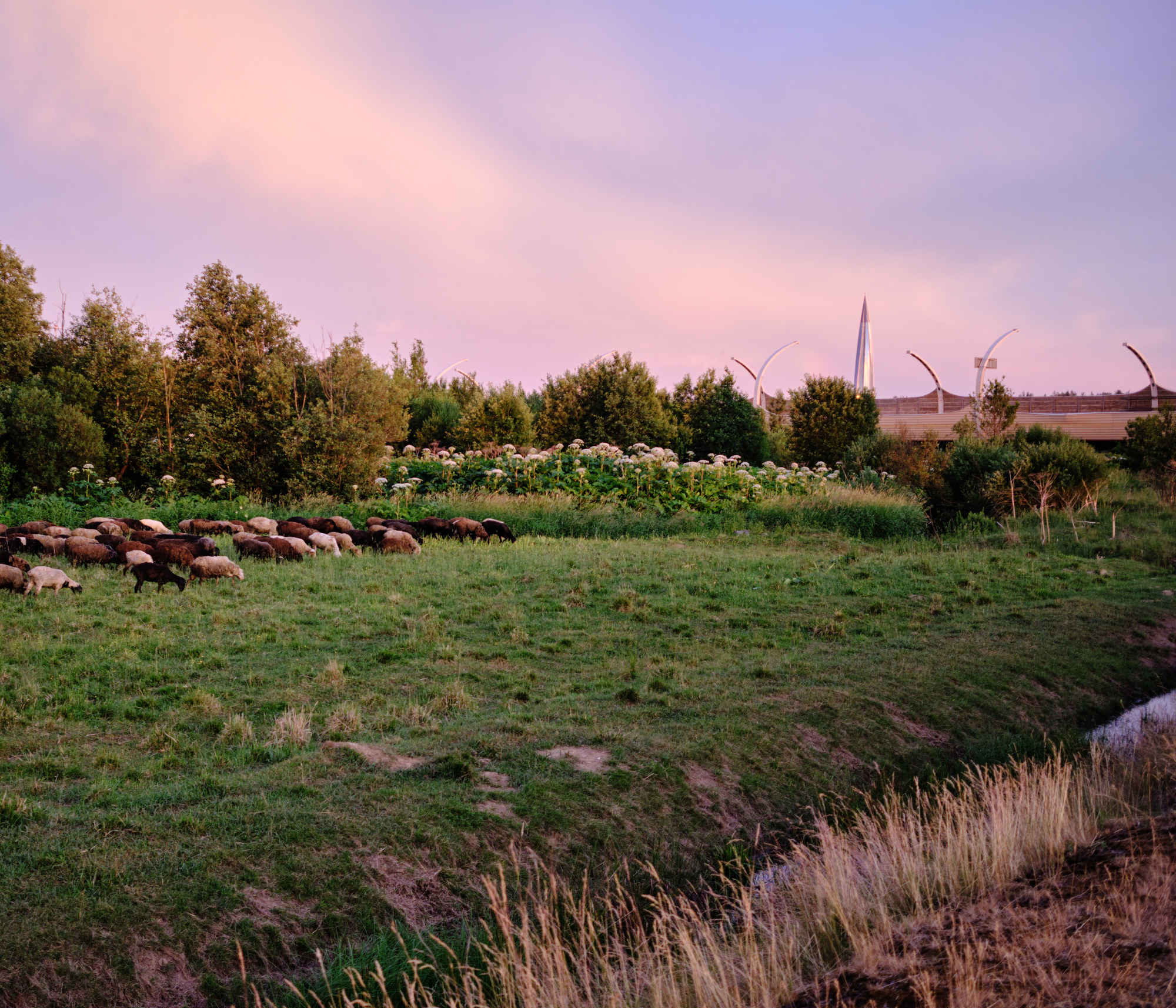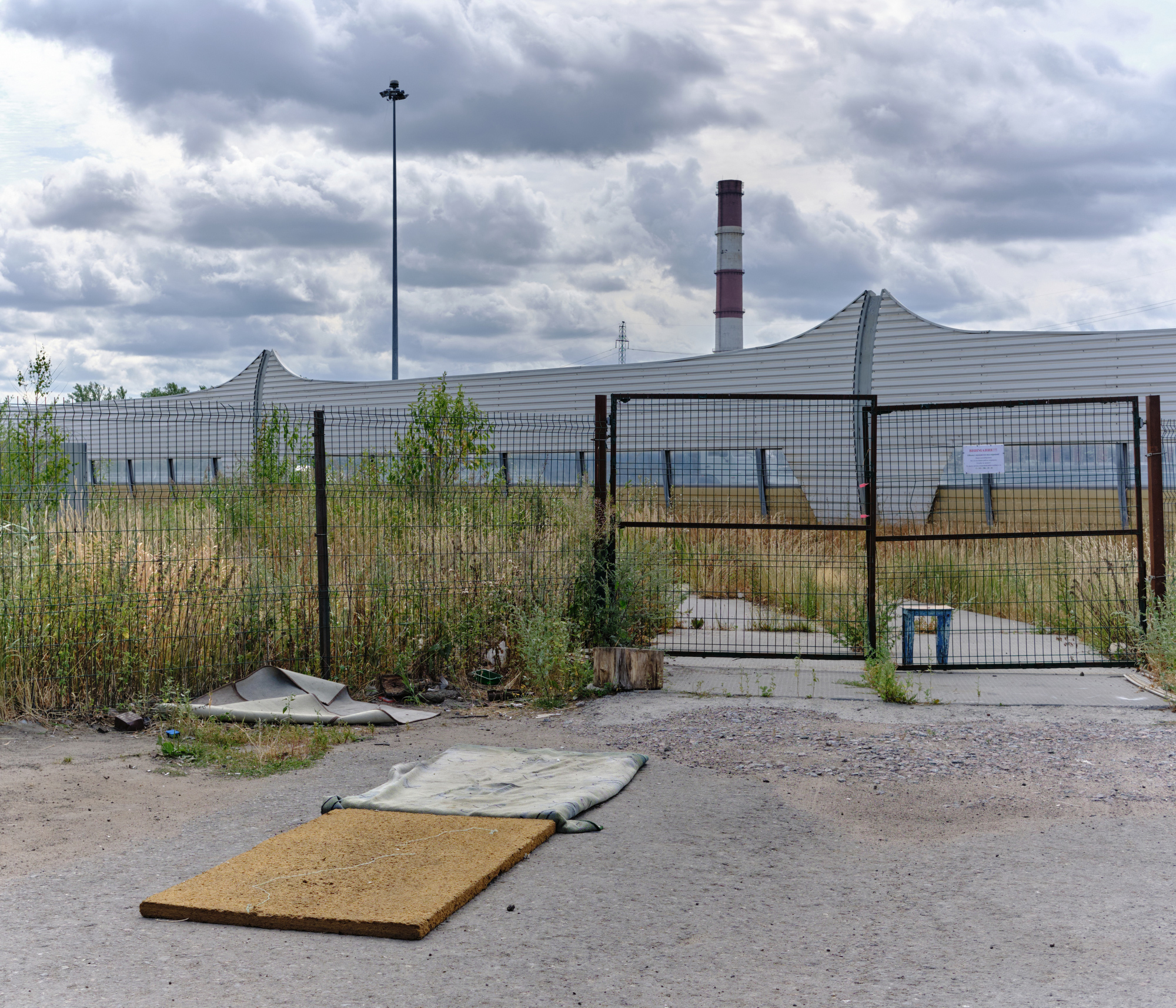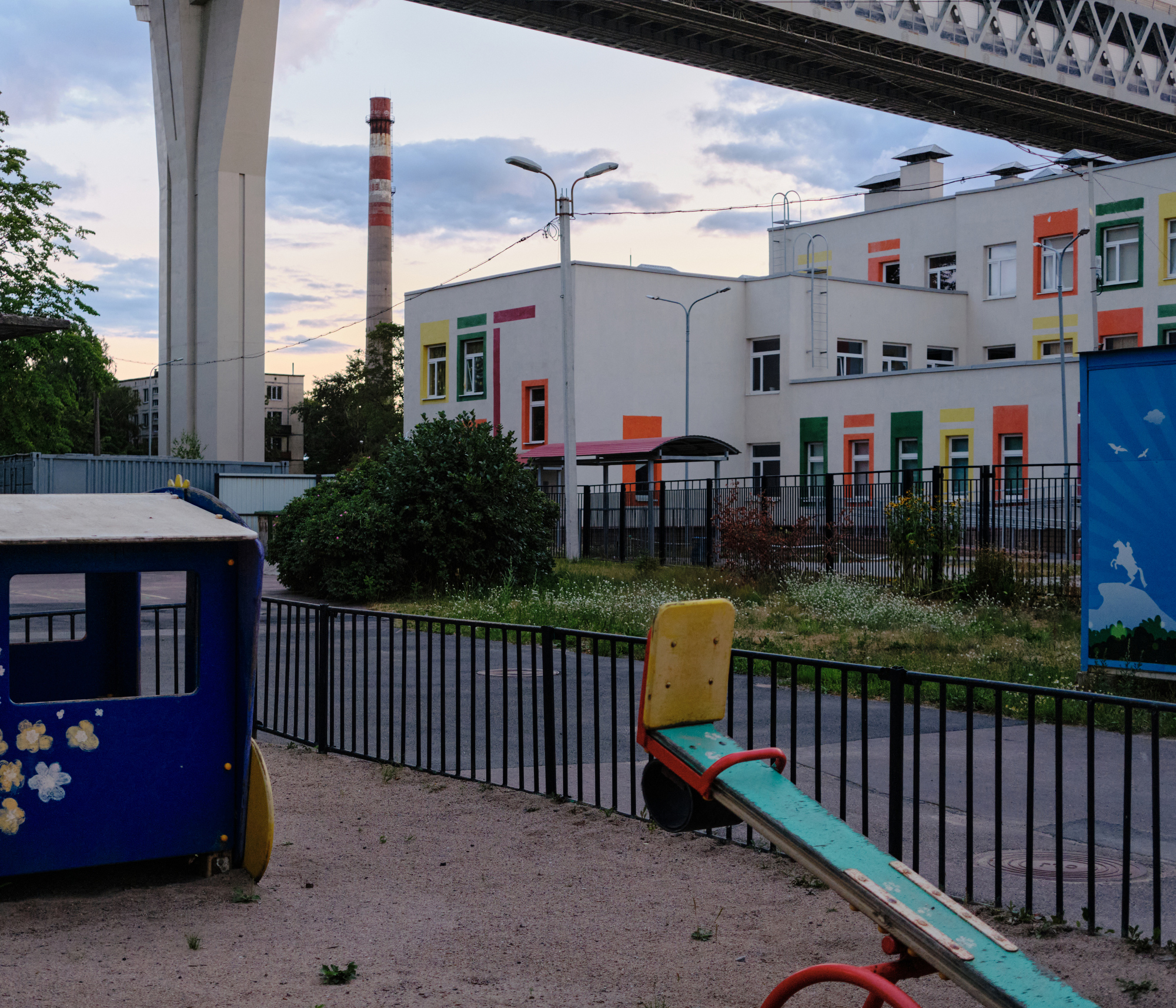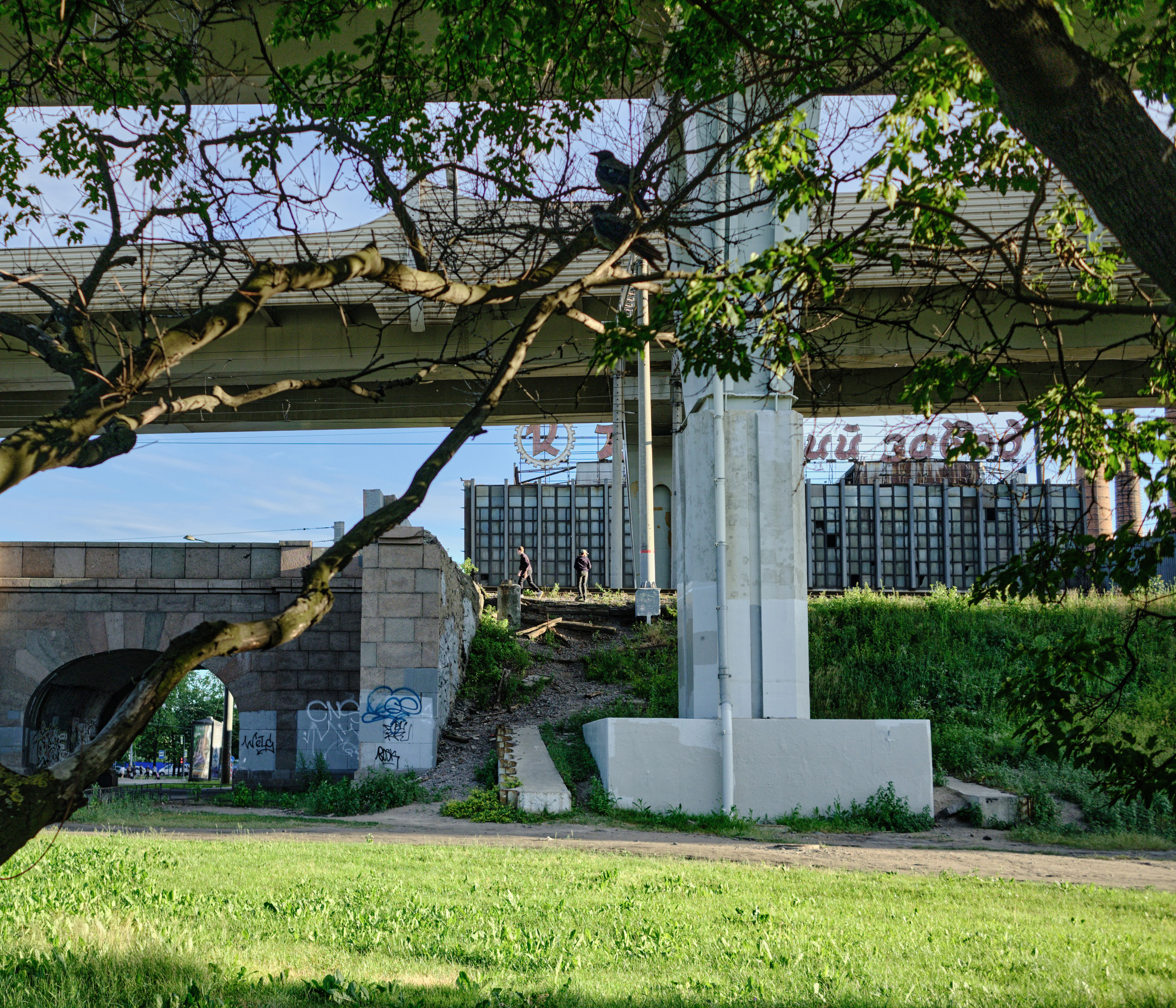The story of Russia’s urban landscape — as told through a single highway
Photographer Luibov Volkova was inspired to document St Petersburg’s Western High-Speed Diameter in 2016, on the highway’s fifth anniversary. Originally built in sections, the 46-km, eight-lane motorway had slowly become an essential part of the city’s landscape. In 2016, drivers could journey the toll road’s full length for the first time.
“The multibillion-dollar highway has become both a symbol of the city, and a tourist attraction. People take selfies and shoot movies in front of [the road. It’s become a popular location for family days out, barbecues, and dates,” the photographer explains. But rather than seeing the highway as just a fixture in the city life, Volkova has come to view it as a reflection of Russia’s recent urban history: where large-scale projects have been given priority, dominating and shaping skylines and communities. “I studied the history of the highway’s construction, and was struck by how this road sums up two decades of developments across Russia’s man-made landscapes.”
Volkova spent five months shooting the project, which she titled Special Way. The title refers not only to the special place the road occupies in St Petersburg, but also the theory that Russia has historically developed in its own “special way”, distinct from European or Asian norms — and that the country has subsequently grown its own unique mentality and infrastructure. The photographer’s journey along the motorway’s path transports the viewer across St Petersburg. We see desolate car parks, deserted beaches, graffitied walls, and idyllic fields of grazing livestock. Many are places which are hard to pin down and describe, pockets of urban space which hide in the shadow of the grand motorway.
“[While working,] my most challenging and most interesting task was answering the question: ‘what am I shooting here?’ I’d always had this strange feeling when I was close to the road, but I could never say what exactly was disturbing me. I returned to the same places again and again trying to find out what I wanted to shoot.”
Volkova ultimately hoped to create a new kind of visual topography for St Petersburg, inspired by the work of established photographers like the Bechers, Nadav Kander and Stephen Shore, as well as Russian artists like Alexander Gronsky, Max Sher, and Anastasia Tsayder. “Their kind of precise exploration of places has always amazed me, although all of them have their unique point of view,” she says. “In my practice, I study myself and my relationship with space. I am not trying to be objective. Instead, I want to discover myself through the places I photograph, and show this process through my pictures.”
Volkova’s project is not simply about documenting the changing city and its varied texture, but looking for traces of the hopes, dreams, and disappointments that connect Russia’s political and social landscape with the physical city itself. “I think my project tells the story of Russia’s urban landscape, and how it’s predetermined to be this mess and chaos: an absurd place where people try to combine the incompatible. Any man-made space is just a reflection of the mind and needs of the community which it serves. Russia’s urban landscape shows the country’s own ‘special way’ in all its glory.”
